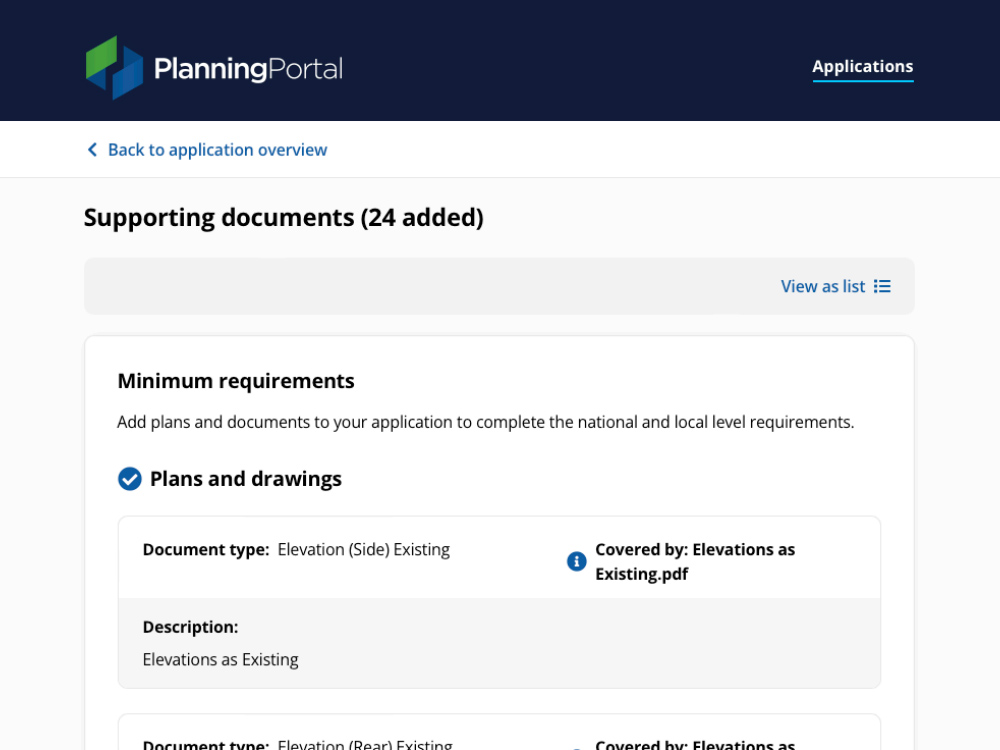

After much drawing, many discussions and detailed interrogation of your brief, we have arrived at a finalised scheme. The actually possibility of earth being dug and concrete poured moves a step closer. However, in most cases there is the hurdle of the planning application to leap over. Unfortunately submitting a planning application these days means much more than the drawings and big idea. Most applications require multiple pieces of information to accompany the drawings.
Here is a simplified list of the information required for most house-holder applications:
- Proposed Plans and Elevations
- Block/Roof Plan
- Site Location Plan:
- As Existing Drawings
- Design and Access Statement
- Planning Statement
- Engineer’s Report (required when converting redundant buildings)
- Climate Emergency Form
- Bird and Bat Survey
- Transport Plan
- Wildlife Checklist: An easily filled-in form which is just as easily forgotten.
In addition, Listed Building Consent applications will also require the following:
- Large scale sectional drawings of elements such as proposed doors and windows.
- Schedule of Works
- Heritage Impact Assessment
A full planning application can involve still more information.
It may seem overwhelming to provide all this documentation, particularly when, despite the costs involved, there is no guarantee that planning permission will be
forthcoming.
At the start of any project we will read through the relevant Local Plan to check if any part of the proposal may be at odds with the stated planning policies. Planning is such a labyrinthine process that it is easier to give a planning officer the chance to say yes as opposed to no. If a proposal appears contentious then it is worth going down the pre-application route. The Local Authority charges a fee for the service but this is considerably less than incurring the costs of a failed planning application. The pre-application should spell out the relevant planning policies and entail a discussion of how to meet the requirements of the Local Plan so that the officer can approve a scheme.
Planning has become much more complex and difficult to navigate – having an experienced professional will help you leap those hurdles and make your dream project a reality.